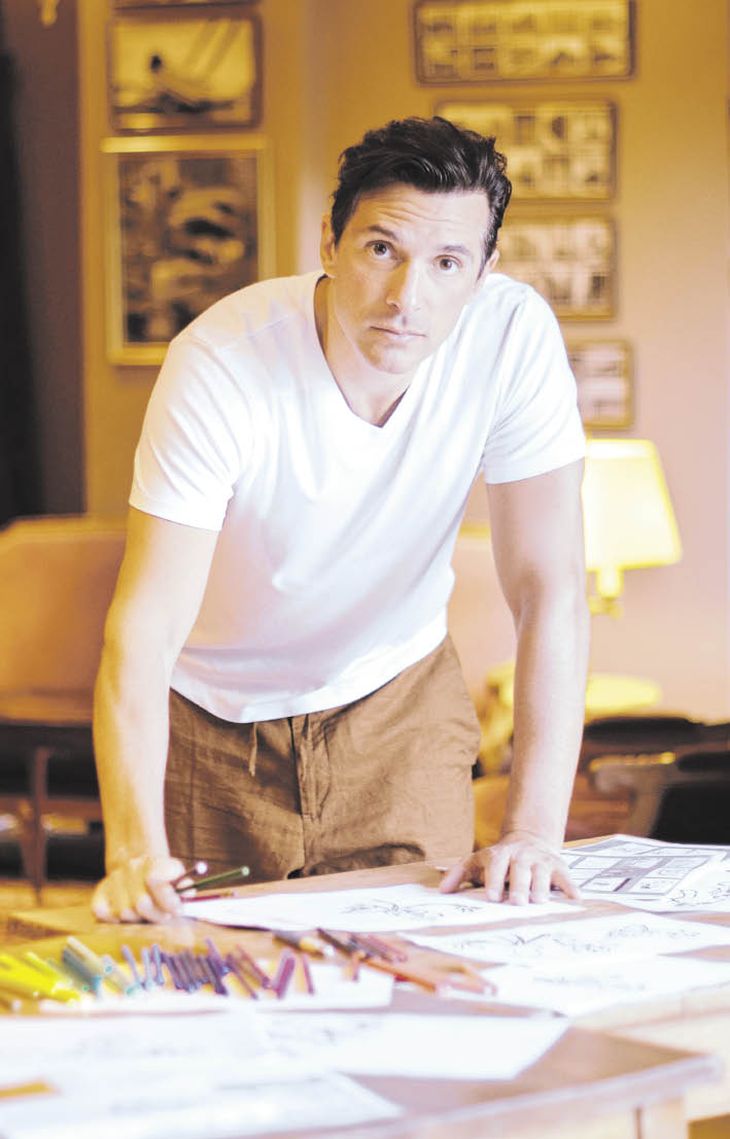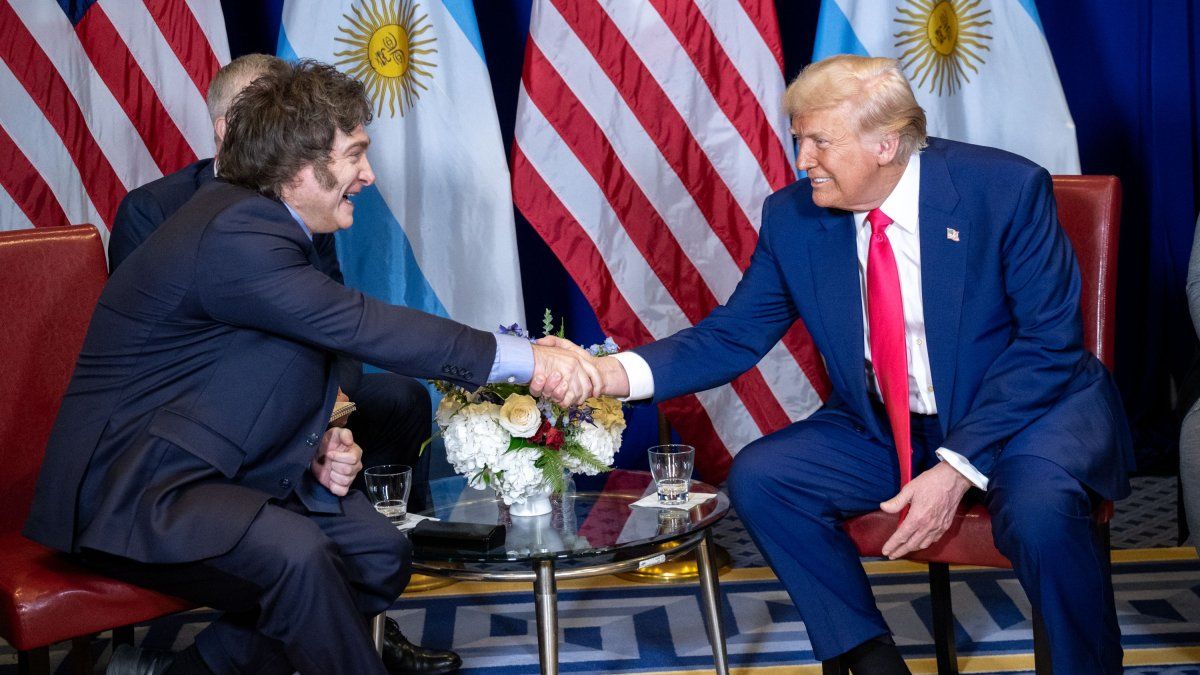Nicolás Villarreal: My dream was to work there and my parents were advanced, they supported me in whatever I wanted to do when that was not fashionable. I had been given a book of Disney treasures that I spent drawing on the beach. And I understood that this was a job so I put together a letter with a Bugs Bunny drawing and sent it to Warner and Disney. I was 15 years old, there was no internet, and they replied that thanks for my interest but they weren’t looking for people to work with. I wanted to get to Disney but when we grow up in Argentina we idealize the outside and it seems impossible to us. But I felt that by drawing I could get there. You had to wait. I studied architecture for a year but it wasn’t my passion, I couldn’t sit down and make a plan. He drew characters.
Q .: What was the world of studios like and what is the world of platforms like today?
NV: Platforms provide great content to new audiences and artists, with many job openings. When I graduated I sent 200 letters to everyone, I thought I was going to have a job because I was the second best average. I sent Cartoon Network, Warner, Blue Sky, Disney, and they filled me with rejection letters. Until two years later Disney called me, they told me they were following me, my time had come, I just had to know how to wait.
Q .: What is your short about?
NV: Addresses the relationship between talent, attitude and success. I very much admire people who are hard-working, dedicated and competitive. I think of Frida, Da Vinci, Tesla, Beethoven, athletes, artists or scientists. The seed of the short came from how these people in the past would have been traversed by technology.
Q .: How do you go from “seed” to short?
NV: Once I have the idea I see if it has the legs to get there, if it really works. I put together an animatic that is a filmed storyboard, with a first edition of drawings that are almost indecipherable sketches for someone else, but they are clear to me and I watch it with friends who have an eye for history. We study if the characters have a psychological arc, I evaluate which shot designs work and if they reinforce the script for the message I want to give. And today I am happy that the public interprets what I wanted to say, I think it is the most difficult. I always remember that the films, when one finishes them, are not more than one and they become the public’s.
Q .: What is it that you wanted to transmit and say that the public receives?
NV: The short proposes that technology and networks can perhaps, without one realizing it, put aside passions for things that do not benefit. This came from observing people on the subway, in meetings, and with my students. All this is relative because maybe a boy who is watching a little game in class studies all day and it is those five minutes of distraction. Or maybe it’s the other way around and I watch my cell phone all day and study little. Perhaps the girl who reads the book in the subway is those five minutes and it seems that she is a very reader because she is doing it in the subway when everyone uses the cell phone.
spec Villarreal_opt.jpeg
villarreal. At the age of 15, he had already set out to work with Disney.
Q .: What is the ABC of the short to make it work?
NV: The good ones are the ones that leave you thinking, the ones that start when they finish. I would like that to happen with the spectators, that they wonder from those visuals, if they leave aside something they love without realizing it, because of technology, which is not in itself a bad thing. The question is how it is used.
Q .: How did your interest in the short film arise?
NV: The shorts fascinated me since I was a child, I am talking about the little cartoons that we saw as Bugs Bunny or the Coyote and the Road Runner. Spielberg’s “Amazing Tales” marked me, and earlier at age 7 I remember the day I saw “ET.” I got excited and didn’t know why. It was the first film that generated something emotional in me. It was summer and they put the movie on us. When I left I did not understand where he was, he took me on a trip and I was branded. With “Amazing Stories” I understood that shorts are mini-movies with the same structure as a length, beginning, middle and end. And that leads the character through an arc, and that surprises when he does something that one did not expect.
Q .: You teach at the university, what do you see in young students?
NV: There are four classes of students, those who do not have facility and do not make an effort, those do not arrive. Those who have ease and do not make an effort, those, unless they are lucky, will not work. There is another group that I admire, they are the ones who have ease and make an effort, they are the headdresses, there are Messi, Fangio, Favaloro, those are in front of everyone. And the last one is my favorite, those who do not have facility and kill themselves with effort and attitude. This group is just behind the geniuses and they will always find work because 95% is attitude. I’ll stick with a phrase from “Ratatouille”: not everyone can be a great artist but it can come from anywhere. I am Argentine and the most important thing is the portfolio, that’s what it talks about.
David William is a talented author who has made a name for himself in the world of writing. He is a professional author who writes on a wide range of topics, from general interest to opinion news. David is currently working as a writer at 24 hours worlds where he brings his unique perspective and in-depth research to his articles, making them both informative and engaging.




